
Machine Learning and Deep Learning: Complete Difference Guide for Beginners
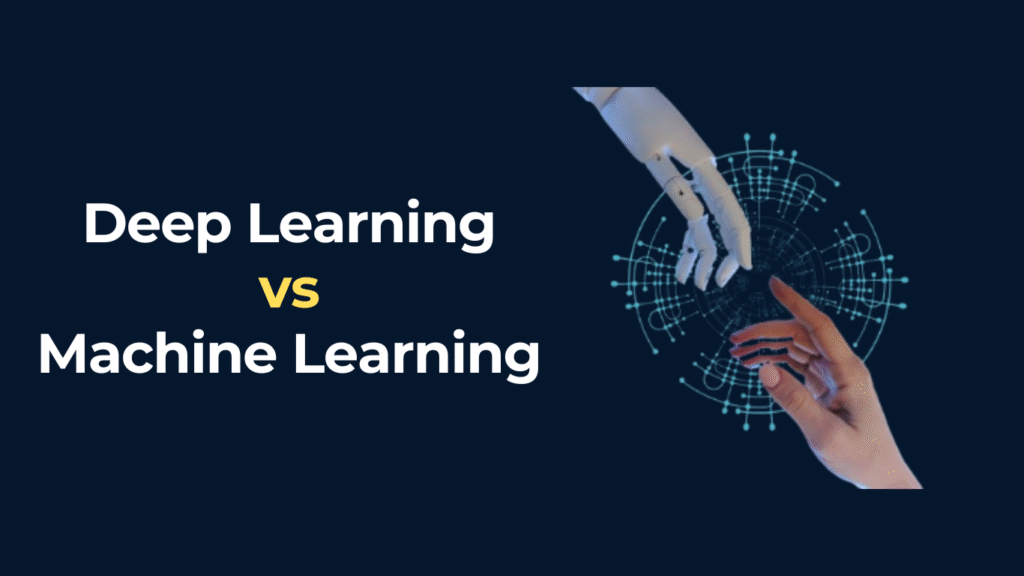
You’ve probably heard about machine learning and deep learning everywhere these days. However, what do they actually mean? And furthermore, how are they different? Let’s explain it in simple words.
What is Machine Learning?
First, machine learning is like teaching a computer to learn from examples. For instance, think about how you learned to tell cats from dogs as a kid. Initially, you saw many cats and dogs, and then your brain figured out the differences.
Similarly, machine learning works the same way. Specifically, you show a computer lots of examples, and as a result, it learns patterns. For example, to teach a computer to spot spam emails, you’d show it thousands of spam emails and normal emails. Consequently, the computer would learn what makes spam different from regular emails.
Additionally, this technology has been around since the 1950s. Moreover, it works great for many things, especially when you can easily organize your information.
What is Deep Learning?
On the other hand, deep learning is a special type of machine learning. In fact, it tries to copy how our brain works by using layers of connections, like brain cells.
For example, imagine looking at a photo of a cat. Initially, your brain doesn’t see “cat” right away. Instead, first it sees lines and edges. Then, it recognizes shapes. Next, it notices fur patterns. Finally, it puts everything together and says “that’s a cat!”
Similarly, deep learning works the same way. Specifically, it has many layers, and each layer learns something different. For instance, the first layer might learn to see edges. Subsequently, the next layer learns shapes. And so on, until eventually the final layer can recognize cats.
Furthermore, deep learning became really popular around 2012 when people realized it could beat older methods at many tasks.
How Are They Different?
Now, let’s look at the key differences between these two approaches.
How Much Data They Need
First of all, regular machine learning can work with small amounts of data – maybe hundreds or thousands of examples. In contrast, deep learning needs much more data – often millions of examples. In other words, it’s like learning to cook from one recipe book versus going to cooking school for years.
Who Picks What’s Important
Moreover, with regular machine learning, humans have to tell the computer what to look for. For example, if you want to predict house prices, you’d tell it to look at size, location, and number of rooms. However, with deep learning, the computer figures out what’s important by itself.
Computer Power Needed
Additionally, regular machine learning can run on a normal computer. In contrast, deep learning needs very powerful computers that can work for hours or days. In other words, it’s like doing math with a calculator versus needing a supercomputer.
Understanding How It Works
Finally, with regular machine learning, you can usually understand why the computer made a choice. On the other hand, with deep learning, it’s harder to know why it decided something. As a result, people call it a “black box” because we can’t see inside easily.

When Should You Use Each One?
Now that we understand the differences, let’s discuss when to use each approach.
Use regular machine learning when:
- First, you don’t have tons of data
- Second, you need to understand why the computer made a decision
- Third, you don’t have super powerful computers
- Furthermore, your data is organized in rows and columns (like a spreadsheet)
- Finally, you need an answer quickly
Alternatively, use deep learning when:
- First, you have lots and lots of data
- Second, you’re working with photos, sounds, or text
- Third, regular methods aren’t good enough
- Additionally, you have powerful computers
- Finally, it’s okay if you can’t explain exactly how it works
Real Examples
To illustrate these concepts better, here are some real-world examples:
Regular Machine Learning:
- First, figuring out if customers will stop using your service
- Second, catching fake credit card purchases
- Third, suggesting products you might like on shopping websites
- Finally, helping doctors read test results
Meanwhile, Deep Learning includes:
- First, helping cars see the road and drive themselves
- Second, translating languages (like Google Translate)
- Third, voice helpers like Siri understanding what you say
- Finally, creating realistic fake photos or writing
The Simple Truth
In conclusion, machine learning and deep learning aren’t enemies – they’re different tools for different jobs. Specifically, regular machine learning is like a trusty toolbox that works well for many things and is easy to understand. Meanwhile, deep learning is like a super powerful machine that can do amazing things, but you need to know how to use it.
To put it simply, think of it this way: if you need to hang a picture, use a hammer (regular machine learning). However, if you need to build a skyscraper, you might need heavy machinery (deep learning).
Furthermore, both are getting better all the time. Therefore, the trick is knowing which one fits your problem. Whether you’re running a business or just curious about technology, remember that both tools have their place. Ultimately, the magic happens when you pick the right one for what you’re trying to do.



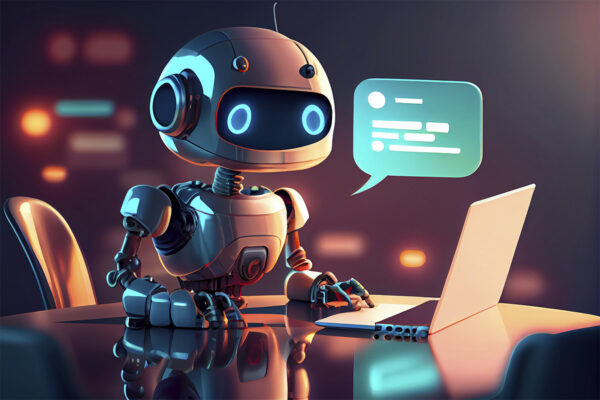
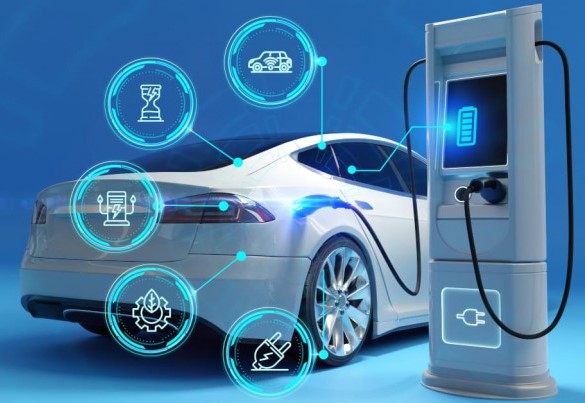
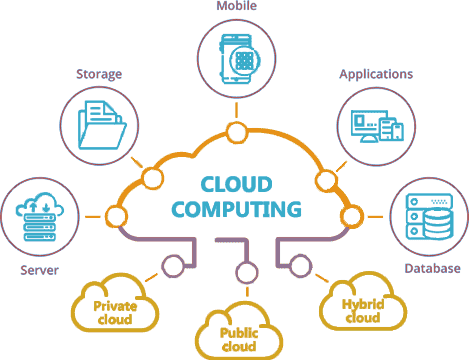


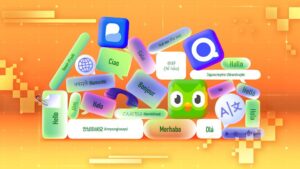
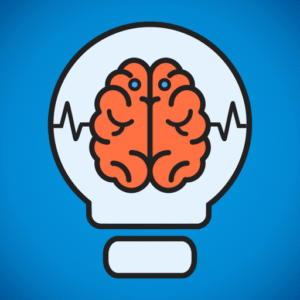






Post Comment